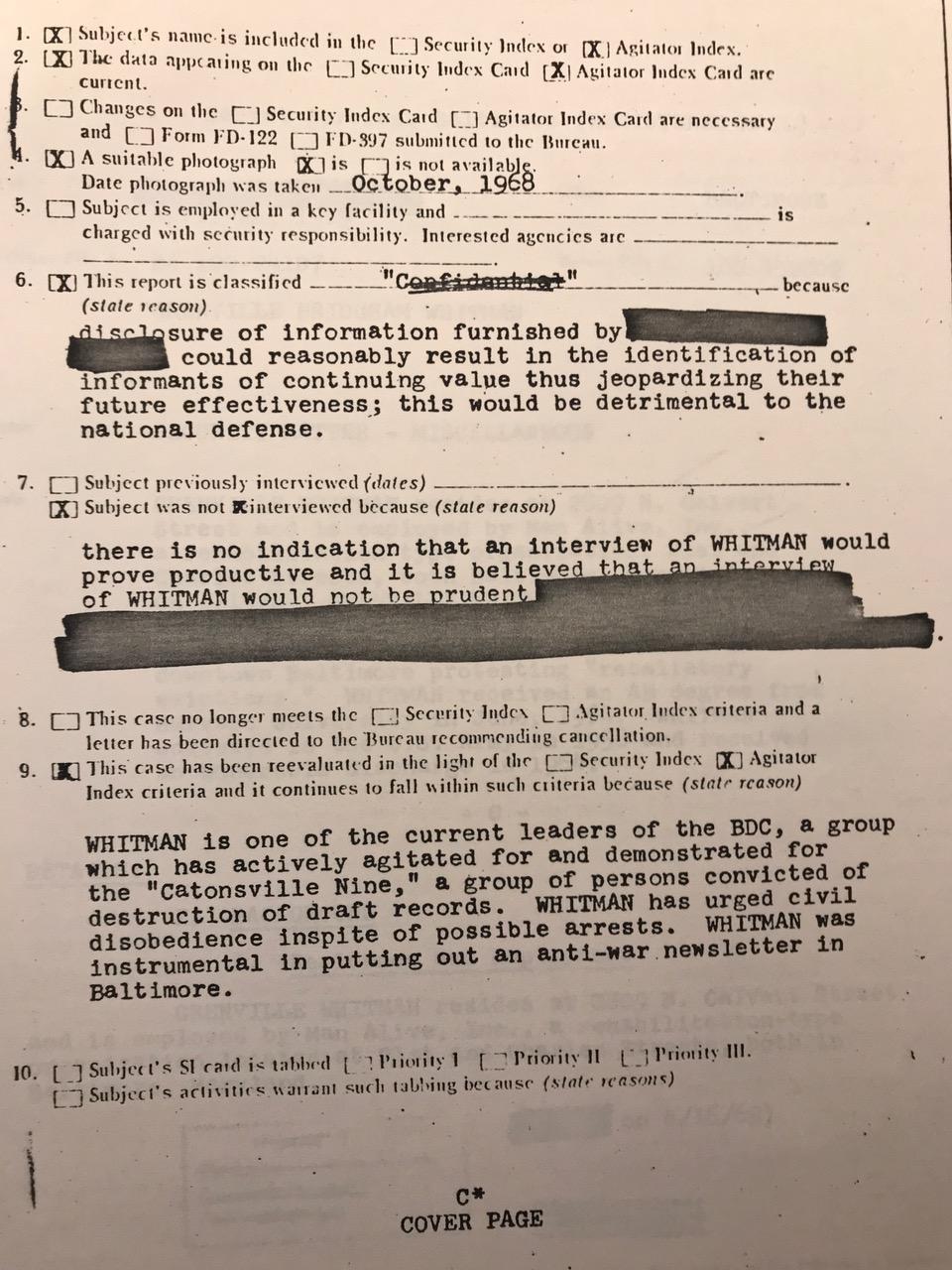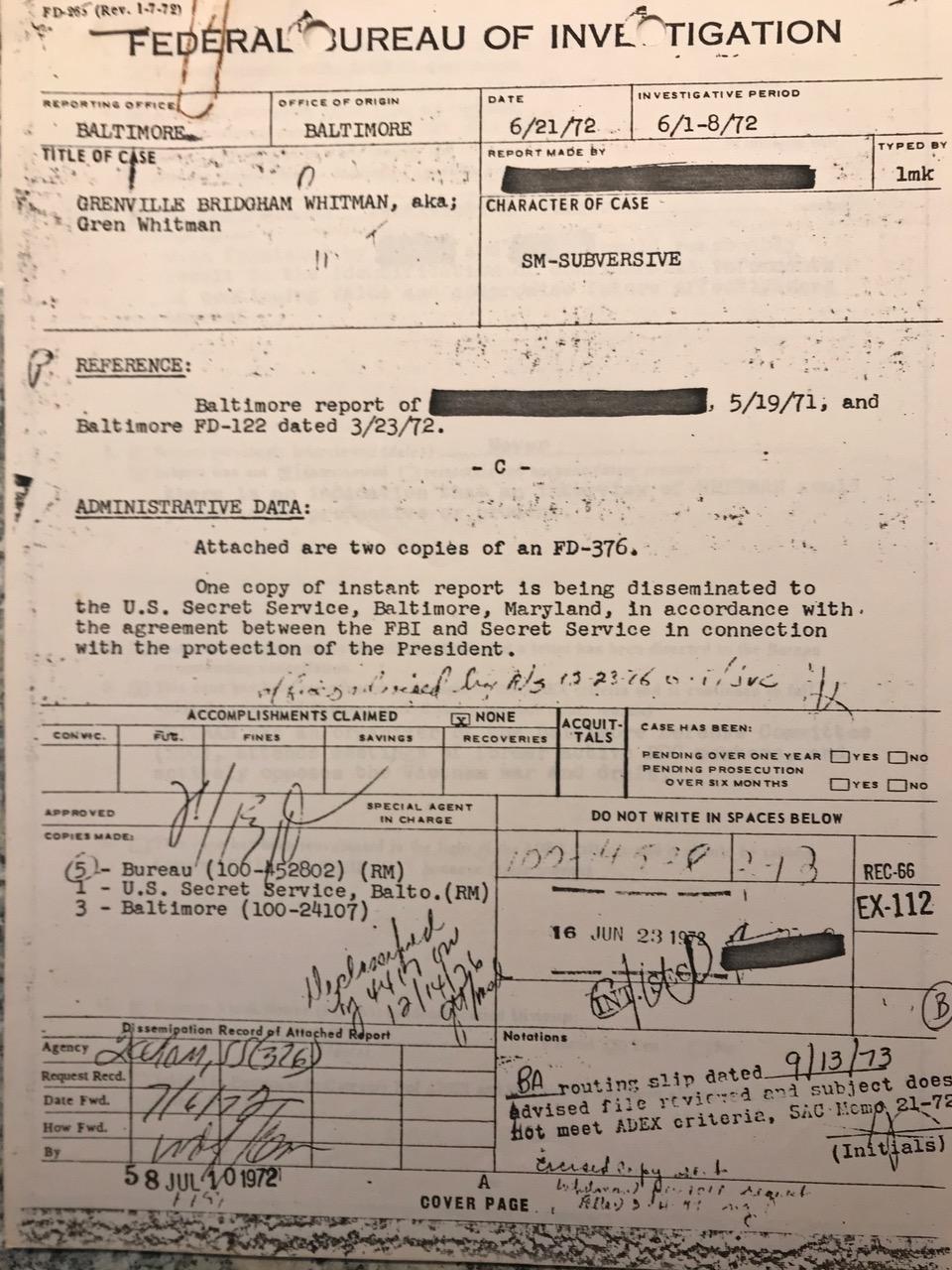Facts and details do matter—so let’s review those as they pertain to the Sergeant First Class John H. Newnam Armory in Chestertown. A local architect has provided a somewhat thorough review of the Armory’s history online. Unfortunately, some of its dates are incorrect and, more importantly, it ignores what happened with the Armory during the critical period between 2005 and 2023.
The Chestertown Armory building’s current conditions—including the mold issues—have their roots in the flood damage that resulted from Hurricane Isabel in 2003 while the structure was still under the purview of the Maryland Army National Guard. Though the facility was still active, the issues were not entirely resolved at the time. In 2005, when the 115th Infantry Regiment was merged with another unit and moved to a new home base, the Chestertown Armory was abandoned and was declared to be surplus in 2007.
It was not until 2008 that the Maryland Department of Planning turned its attention to the disposition of the Chestertown Armory. In accordance with the Superfluous Armories Act, the town and county were given the right of first refusal. Initially, then Mayor Margo Bailey balked at the reported $2.4 million valuation, but following public concern over the property being sold to a private developer, the town consented to purchase the property for a reported $500,000. The intention was that the town would sell the parcel and be able to retain some control over who would purchase the property and understand their intention for the Armory. The town council heard proposals from five groups, including STAY!—Save the Armory: Yes!—a group of Chestertown citizens looking to safeguard the Armory. Proposals included a homeless shelter and soup kitchen, a space for religious services, and a conference center.
The Stay! plan, which turned out to be the only viable proposal, included lease commitments to support much of the plan, but hinged on a potential lease with Washington College for just over half of the available space. For reasons that remain unclear, the College chose to withdraw from the STAY! Proposal, which made the plan unachievable. As time went on it and became clear that the proposals presented to the town council were no longer under consideration, then College President Baird Tipson began what would become protracted negotiations to acquire the property. Mitchell Reiss assumed the presidency of Washington in 2010 and in December 2011, reached an agreement to purchase the Armory from the town. However, it would not be until May 2013 that the Armory was formally turned over to the College.
Between 2005 and 2013, the Armory stood idle—no maintenance was performed, no electricity or HVAC systems were utilized. Numerous storm surges over the years had infiltrated the building and there was a significant mold present. Structurally, there were many issues including broken windows and holes in the roof. The floorboards were warped and pulling away from the subflooring. In short, the building was in a significant state of deterioration with inoperable HVAC systems when it came to the College. In fact, deterioration had set in so much that the Chestertown Historic District Commission (HDC) granted the College permission at the time to demolish the rear additions to the building.
During the negotiation period with Chestertown, the College developed extensive plans for a 5-acre riverfront campus that would include an academic building, residence halls, and use of the Armory as a potential home for the Washington College Center for the Environment and Society (CES). As the negotiations dragged on, the College moved away from this plan due to the condition of the building and costs associated with remediation and renovation.
When the College finally took ownership of the Armory, it began to focus on the possibility of a hotel and engaged with a number of hospitality investors, many of whom were excited by the possibilities. As the investors explored the facility, each demurred and eventually withdrew. The issue: hotel investors would not commit funds to a hospitality project where mold was present. With the repeated storm surges causing water infiltration, it was deemed by the investors at the time that remediation would not safeguard against a recurrence of the mold issues.
The history of the Armory since the College took ownership is not monolithic. Indeed, since 2013, the College has had seven presidents and each has explored opportunities to make use of the facility.
In 2017, President Shelia Bair engaged Torchio Architects of Centreville to provide planning to turn the Armory into student housing. The lead architect shared his concerns about the condition of the first floor of the Armory in particular and suggested that the College conduct site and elevation surveys.
The College then worked with DMS & Associates civil engineers on the studies which indicated that the entire building is in a flood plain and the majority of the building in a special flood hazard area. An elevation study revealed that the first floor sits just over two feet below the Base Flood Elevation. Upon reviewing these reports and the recurring water infiltration issues the building would endure, the project was set aside.
In 2019, Washington College President Kurt Landgraf began conversations with hotel investors Hersha Hospitality about the possibility of renovating the Armory as a hotel and conference center. As these discussions developed the pandemic intervened and stalled the project. But when current President Mike Sosulski joined the College in 2021, he saw great promise in this plan and the considerable potential benefits for both Chestertown and the College. He quickly revived the conversations with the investors regarding the plans to renovate the Armory building.
Since then, Hersha Hospitality has invested a great deal of their own funds exploring the project’s viability through various assessments. As these studies have attested, the deciding issue is not the structure of the facility, nor is it the College’s so-called neglect. While the Armory structure may have suffered a degree of deterioration over the past decade, the physical condition of the building is largely the same as when the College assumed ownership, which was already 10 years after the initial damage to the building from Hurricane Isabel, and six years after the building was left abandoned.
The true impediment today remains the same as it was in 2013: remediation cannot provide any guarantee that the same persistent mold issues that have been present for nearly 20 years will not continue to be an issue moving forward.
After nearly two decades of earnest, concerted efforts to revive this historic building, we are fortunate to have investors who remain interested in honoring the Armory, the community, and the region. Washington College will continue to work with the Chestertown HDC and follow the facts as they concern the Chestertown Armory.
Brian Speer is vice president for Marketing and Communications at Washington College






